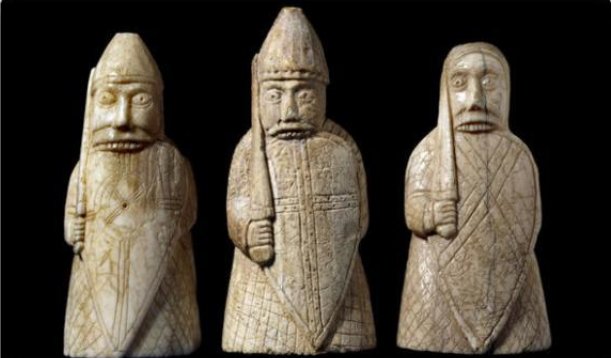Were The Viking Berserkers True Or Drug Addicted Warriors Fighting In Trance?
Ellen Lloyd - AncientPages.com - The word "berserk" is used to describe the behavior of a person who was acting irrationally in a state of great agitation, unable to control their actions.
In Norse mythology, during the Viking age, the berserkers were considered a type of "warrior-shamans" who showed exceptional fighting fury and courage. Being in some kind of trance, they were able to ignore the wounds inflicted in battles.
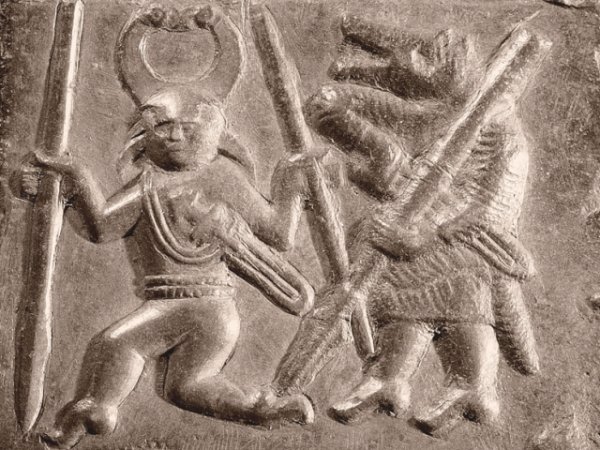
Vendel-period bronze plate discoverd on Öland (Torslunda socken), Sweden. Image credit: Benganshistoriasidor/
These Viking berserker warriors were the most feared off all, believed to used herbal-type drugs such as anmirifta to enhance their mood for battle, the eager berserker warriors are believed to have stood here biting their shields and swords in anticipation of the forthcoming battle and violence.
The totem animal of the berserkers was, as the name implies, the bear. In pre-Christian Scandinavia, berserkers seem to have been members of cults connected with Odin in his capacity as god of warriors.
Snorri Sturluson in Ynglinga Saga, recalling numerous elements of ancient lore, describes Odin's warriors in this way:
His men went to battle without armor and acted like mad dogs or wolves. They bit into their shields and were as strong as bears or bulls. They killed men, but neither fire nor iron harmed them. This madness is called 'berserker-fury'. The berserkers of the saga, who often appear as the core of the king's forces, are at times reminiscent of the retinue of warriors surrounding Odin and may ultimately derive from ancient bear cults.
Debate has centered on the meaning of the word itself. Berserker could mean "bare shirt," that is, naked; berserkers, as a mark of ferocity and invincibility, are said to have fought without needing armor. The word, however, may also mean "bear-shirt," reflective of the shape and nature of the bear assumed by these warriors. More literally, it may refer to protective bearskins that such warriors may have worn into battle.
When the "berserker rage" was upon him, a berserker was thought of as a sort of "were-bear" (or werewolf), part man, part beast, who was neither fully human nor fully animal. Although not specifically so called, Bodvar Bjarki is a berserker of sorts.
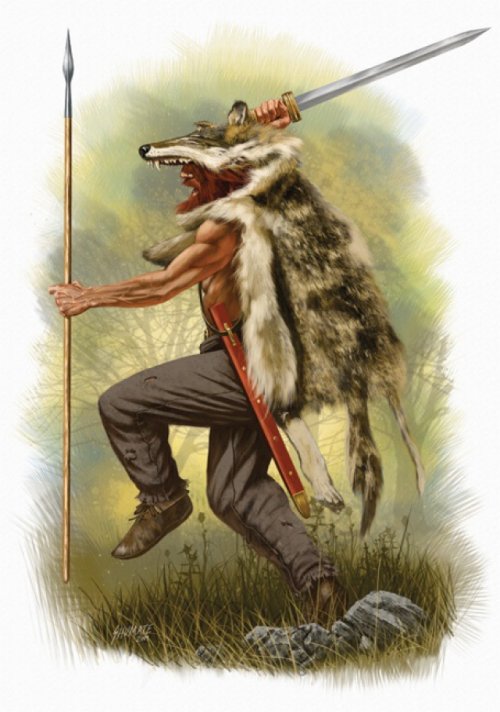
These warriors – half-naked and covered in furs – entered into combat in trance, possessed by hatred and blind fury.
See also:
10 Great Viking Misconceptions Still Being Perpetuated
Revealed: Vikings’ Symbols Of Travels, Prestige And Adventure Were Imported From Abroad
Beautiful Ancient Viking Jewelry Made By Skilled Craftsmen
He appears at Hrolf's final battle in the form of a huge bear, invulnerable to weapons.
In both his invulnerability and his ability to change shape, Bodvar also displays preternatural abilities resembling those of Odinic champions.
To this day it remains a mystery how these terrible warriors brought them to a state of trance and could survive deadly wounds.
According to one theory, the berserkers Vikings were able to produce the desired warrior state by drinking something that contained hallucinogenic properties before the battle.
This could explain why the warriors were totally exhausted after the battle and had to rest for several days. Specialists in the field of botany also suggest the use of a plant known as the European bog, commonly used in the brewing industry until its replacement hops. The extract of this plant is toxic and can cause serious, irreversible harm.
This begs the question: Were the berserkers Vikings true warriors or drug addicts fighting in trance?
Written by - Ellen Lloyd – AncientPages.com
Copyright © AncientPages.com All rights reserved. This material may not be published, broadcast, rewritten or redistributed in whole or part without the express written permission of AncientPages.com
More From Ancient Pages
-
 Unknown Highly Advanced Civilization Created Malta’s Cart Ruts With Sophisticated Machinery
Ancient Technology | Apr 26, 2014
Unknown Highly Advanced Civilization Created Malta’s Cart Ruts With Sophisticated Machinery
Ancient Technology | Apr 26, 2014 -
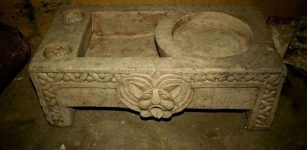 Roman-Era Residence Unearthed In Ancient Capital Of Memphis, Egypt
Archaeology | Sep 27, 2018
Roman-Era Residence Unearthed In Ancient Capital Of Memphis, Egypt
Archaeology | Sep 27, 2018 -
 Dinosaurs Were The First To Take The Perspectives Of Others
Fossils | Jun 1, 2023
Dinosaurs Were The First To Take The Perspectives Of Others
Fossils | Jun 1, 2023 -
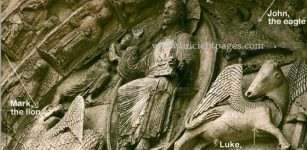 Chartres – Symbol Of Power And Secret Ancient Knowledge
Ancient Symbols | Nov 28, 2018
Chartres – Symbol Of Power And Secret Ancient Knowledge
Ancient Symbols | Nov 28, 2018 -
 ‘Yunatsite’ And Thought-Provoking Theory That Balkan Peninsula And Not Mesopotamia Was The Cradle Of Civilization
Featured Stories | Feb 14, 2023
‘Yunatsite’ And Thought-Provoking Theory That Balkan Peninsula And Not Mesopotamia Was The Cradle Of Civilization
Featured Stories | Feb 14, 2023 -
 Ancient Stone Ram Figurine – Symbol Of Abundance And Great Courage – Unearthed In Old Cemetery
Archaeology | Oct 2, 2020
Ancient Stone Ram Figurine – Symbol Of Abundance And Great Courage – Unearthed In Old Cemetery
Archaeology | Oct 2, 2020 -
 Megalith Tombs Were Family Graves In Stone Age Europe
Archaeology | Apr 15, 2019
Megalith Tombs Were Family Graves In Stone Age Europe
Archaeology | Apr 15, 2019 -
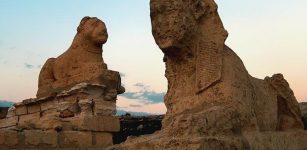 Thriving Faiyum Oasis Declined And Was Abandoned Due To Climate Change
Archaeology | Jan 26, 2021
Thriving Faiyum Oasis Declined And Was Abandoned Due To Climate Change
Archaeology | Jan 26, 2021 -
 7,000-Year-Old Native American Underwater Burial Site Discovered Off The Coast Of Florida
Archaeology | Mar 3, 2018
7,000-Year-Old Native American Underwater Burial Site Discovered Off The Coast Of Florida
Archaeology | Mar 3, 2018 -
 Acta Diurna: World’s First Newspaper Appeared In 131 B.C
Ancient History Facts | Jun 10, 2019
Acta Diurna: World’s First Newspaper Appeared In 131 B.C
Ancient History Facts | Jun 10, 2019 -
 Cimmerians – Ancient People Searching For A Home
Civilizations | Feb 11, 2019
Cimmerians – Ancient People Searching For A Home
Civilizations | Feb 11, 2019 -
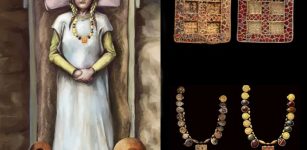 Mystery Of The Anglo-Saxon Harpole Burial Continues – New Clues
Archaeology | Dec 14, 2023
Mystery Of The Anglo-Saxon Harpole Burial Continues – New Clues
Archaeology | Dec 14, 2023 -
 Mysterious Death Of 20 Celts Who Died 2,000 Years Ago In The Three Lakes, Switzerland – Re-Examined
Archaeology | Jun 17, 2024
Mysterious Death Of 20 Celts Who Died 2,000 Years Ago In The Three Lakes, Switzerland – Re-Examined
Archaeology | Jun 17, 2024 -
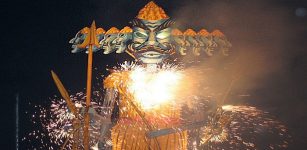 Ravana: Ten-Headed And Multi-Armed Demon King Of Lanka And Chief Antagonist In Epic Ramayana
Featured Stories | Oct 8, 2019
Ravana: Ten-Headed And Multi-Armed Demon King Of Lanka And Chief Antagonist In Epic Ramayana
Featured Stories | Oct 8, 2019 -
 On This Day In History: Berlin Victory Parade Took Place – On September 7, 1945
News | Sep 7, 2016
On This Day In History: Berlin Victory Parade Took Place – On September 7, 1945
News | Sep 7, 2016 -
 Unique Ancient Map Depicting The Earth As Seen From Space Restored Digitally
Archaeology | Dec 18, 2017
Unique Ancient Map Depicting The Earth As Seen From Space Restored Digitally
Archaeology | Dec 18, 2017 -
 Hawass Says Claims That The Ancient Egyptian Civilization Was Black Are Lies
Civilizations | Jun 21, 2024
Hawass Says Claims That The Ancient Egyptian Civilization Was Black Are Lies
Civilizations | Jun 21, 2024 -
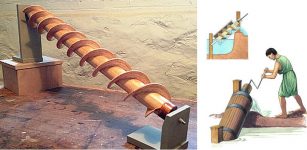 Archimedes’ Screw: Ancient Invention Used To Transfer Water To Higher Levels
Ancient History Facts | Aug 30, 2018
Archimedes’ Screw: Ancient Invention Used To Transfer Water To Higher Levels
Ancient History Facts | Aug 30, 2018 -
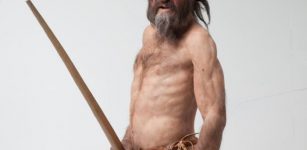 Ötzi The Iceman’s Stomach Bacteria And Complex History Of European Settlements
Archaeology | Jan 8, 2016
Ötzi The Iceman’s Stomach Bacteria And Complex History Of European Settlements
Archaeology | Jan 8, 2016 -
 Brochs: Ingeniously Engineered Windowless Iron Age Structures Of Atlantic Scotland
Featured Stories | Sep 20, 2023
Brochs: Ingeniously Engineered Windowless Iron Age Structures Of Atlantic Scotland
Featured Stories | Sep 20, 2023

